I promised you a chunky post to make up for missing the other day and this one has a lot of content in it. Now it’s a sort of written version of the podcast for those who like images to go with their listening but I also try hard to make sure they work as standalone posts so if podcasts aren’t your thing there’s no need to worry that this post will be irrelevant to you as it will included the same information we talked about but independently of the words. It’s just that there will be almost three posts in one as I will write about everything we spoke about on the show, which you can listen to here if you fancy.
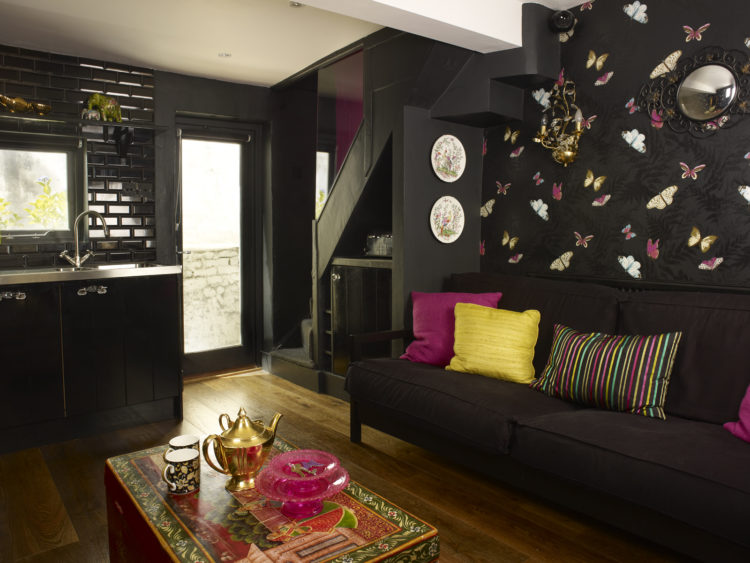
Now we recorded this episode at Sophie’s tiny Brighton holiday let which threw up an interesting conversation about decorating in small spaces. The first thing to point out is that since these pictures were taken (and our recording completed) she has started completely redecorating and the black, which is very un-Sophie has now all vanished to be replace by a much more Sophie-style teal floral wallpaper and matching painted ceiling.
You can see from these images that while the white brings in more light it also draws attention to the size the space by outlining the edges of the room.
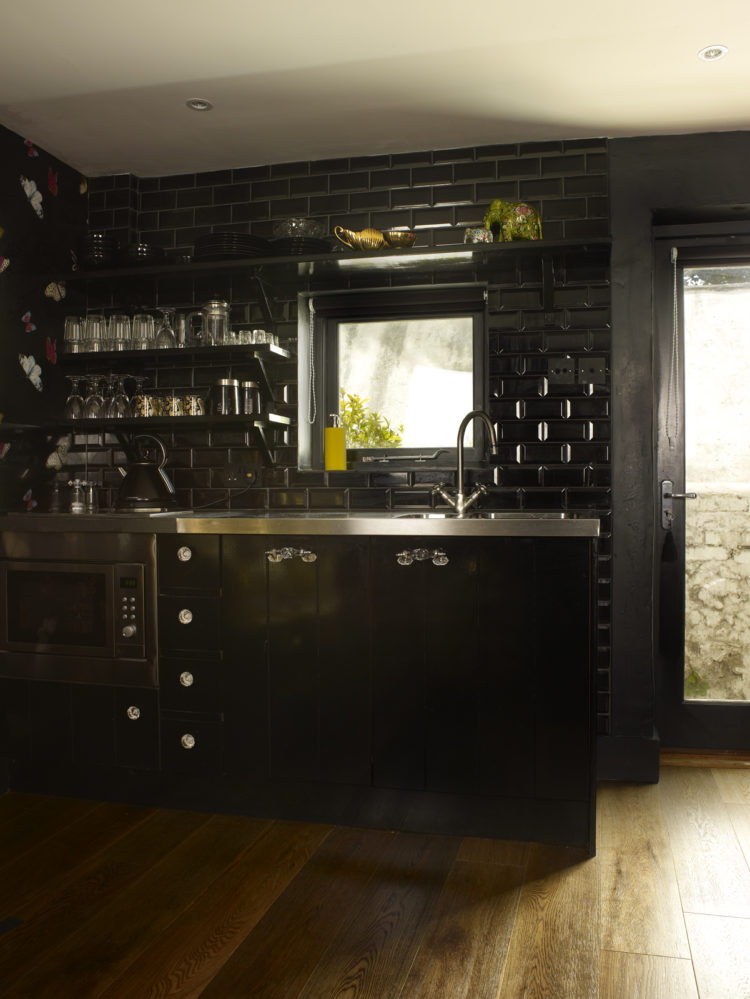
That said when you have a small space it’s a good idea to go dark and dramatic and embrace that cosy feeling. There is are windows front and back but they open onto narrow passages so there’s not a huge amount of light flooding in. One clever trick though – in an open plan space such as this – is to match the kitchen cupboards to the rest of the walls and tiles to make it disappear.
I’m using the term “disappear” loosely but it doesn’t draw the eye in the way a more classic white kitchen would do in such a small space. And you can see from these first three pictures that it really just just one small room with a staircase leading up out of it. And, of course, it doesn’t have to be black. You can use this trick in any colour you please. Sophie, who must have been having an out of body experience, chose black for some reason that even she can’t fathom now.
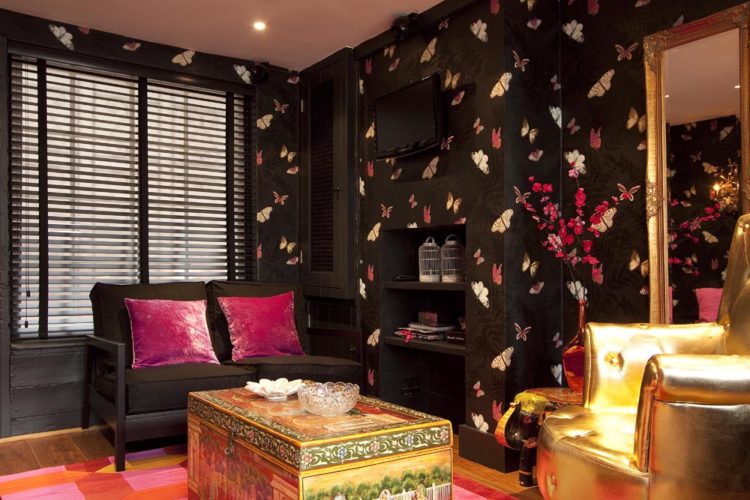
Upstairs, things are more in character with this wall of brightly coloured yellow tiles and the metallic wallpaper, which you can just see above the window and which follows round to the wall opposite the shower. If you don’t have room for a bath then a large wetroom shower can actually feel more luxurious. Metallic wallpaper works well in a bathroom as it tends to be of a more foil-like nature rather than ordinary paper so it’s more water resistant.
That said you will need good ventilation and this room may be small but it has a window and a powerful extractor fan. Finally make sure you stick the edges down really well as one hint of a raised corner and the steam will be straight in there to start lifting the rest. Sophie installed this 10 years ago and it still looks as good as new.
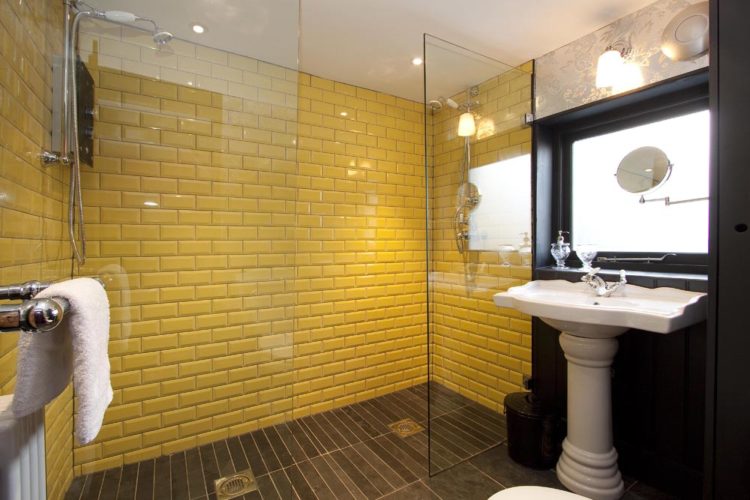
Moving up to the attic bedrooms and while you can’t make a small space bigger there are always visual tricks you can use to try and create the illusion of space. Here, the black and white wallpaper might not make the ceiling look higher but it makes the space look longer and, at least, distracts the eye from the tightness of the space. Believe me you would be much more aware of it if it was a conventional white ceiling with wallpaper stopping at the usual spot.
Note also the mix of black and white stripes and black and white florals. Always a classic and always works. The yellow accent cushions can change to any colour you please as often as you fancy. Likewise the plain white bedding.

There are more clever tricks in this room. Here, Sophie cut up shapes of foam and covered them in left over pieces of material from her styling days. They were then glued onto MDF and fixed to the wall to create a sort of padded wall. In a bigger room you could create a headboard rather than a whole wall but in a space this small the whole wall works better. You could also use all matching fabric if patchwork wasn’t your thing.
Another tip, that I didn’t manage to photograph is that guest bedrooms (be they holiday lets or in your own home) rarely need that much storage. Most people won’t unpack into a chest of drawers for a couple of days. So, firstly, buy beds on legs so that suitcases can slide underneath rather than take up precious floor space waiting to be tripped over and secondly, buy some fabulous hangers (Sophie’s are pink neon) and a few hooks and that’s your storage done. The hangers are decorative when when empty and provide enough hanging for a few days’ worth of clothes. Jumpers and t-shirts can either be hung as well or stay folded in a case.
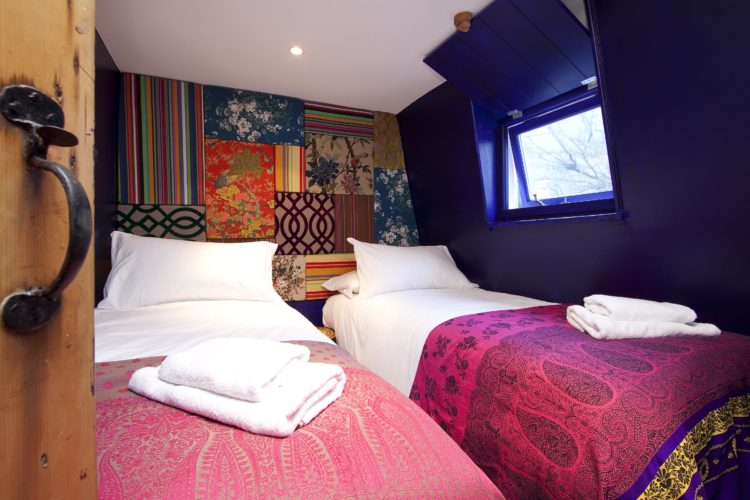
Moving on and it’s time to talk about Christmas. Listeners to this series will know that we were thrilled to secure sponsorship from John Lewis and Partners, and it turns about they employ someone who deals with Christmas all year long. Dan Cooper, aka Mr Christmas, spends the year travelling the globe sourcing interesting and unusual decorations for the store. He not only loves his subject but he’s a mine of useful information and Sophie and I met up with him at the flagship Oxford Street store to glean some tips.
The first thing he told us was that John Lewis have seven different themes this year and while, of course, they want to sell lots of trees, it’s not just about that but also a recognition that not everyone wants a traditionally decorated Christmas tree.
“People are far more aware of their interiors these days and they often want their tree to fit in with their decor rather than standing out like something that has just landed,” he said. ” A few years ago we were selling a lot of blue toned trees and I’m sure that was a reflection of the grey interiors that were so popular.”

So while the traditional tree will always feature, JLP have looked at themes and they often spring from the different baubles that Dan finds on his sourcing travels during the year. The glass blown baubles from Eastern Europe are still popular and, at £20 a bauble, are something that you might want to keep for a long time. Dan says that people are now buying baubles to add to presents as gift tags and choosing themes that fit with the recipient of the present.
“One of our most popular this year already is the back pack which must reflect that people are going travelling. Other themes include the campfire, the great outdoors and also sanctuary (pictured below) which is soft muted tones and baubles that resemble bubble baths and bottles of champagne.”
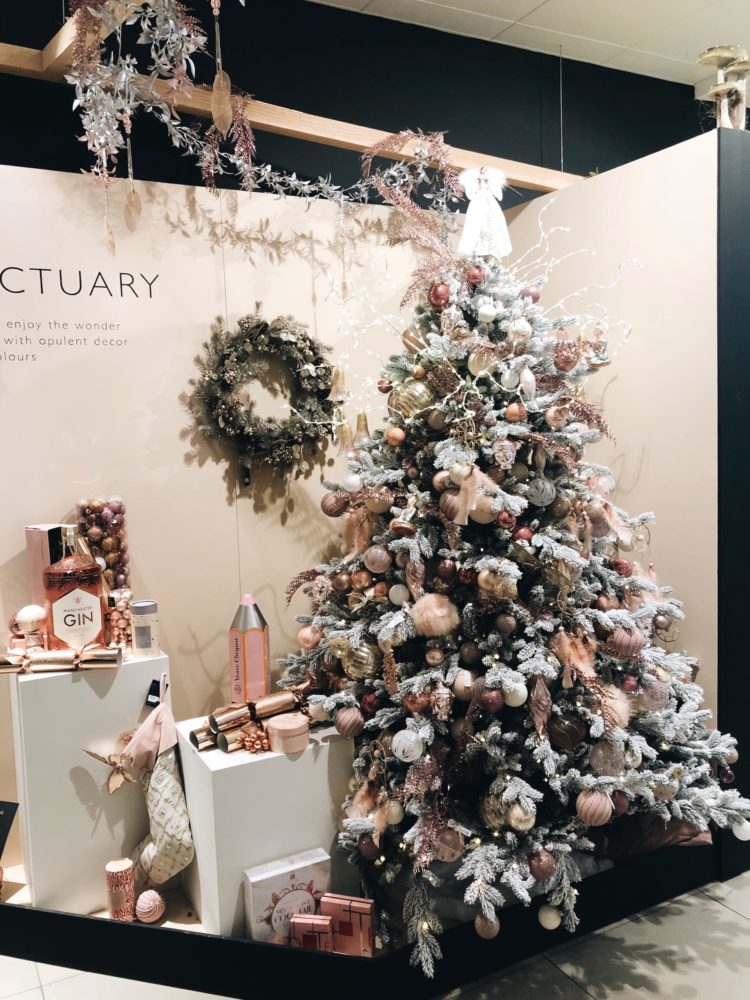
Talking of decorations lasting for a long time, John Lewis announced the other day that this will be the last Christmas that they are selling crackers with plastic toys inside. They have also reduced the amount of glitter on their own brand wrapping paper, gift bags and tags by two thirds. From next year all single use items will not contain any plastic glitter at all. Dan points out that he is often working 18 months in advance so it can take a while to implement changes but change is coming.
The company sources all its tinsel from Wales so that it doesn’t have to travel far – and tinsel is invariably crushed in transport meaning that it is more likely to be thrown away. Instead, they have worked on finding well made bushy tinsel that should last for years and years.
Personally, I’d like to see a return to the original tinsel, which was invented in Germany, and made from strips of beaten silver. Now that really would have lasted a long time. Well as long as it took the neighbours to nick it at least.
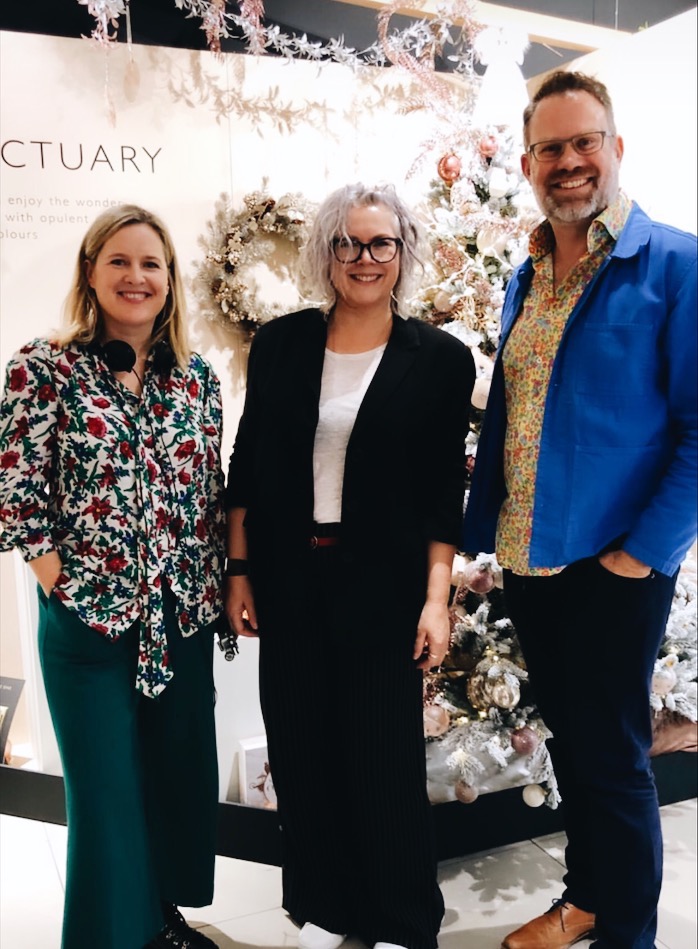
Finally, for Christmas, for now, Dan has some words of advice for those who like to share their tree on social media and invariably find the pictures disappointing. The issue is not just the lights which make it tricky to photograph but also that it’s hard to find a decent focal point. Well Mr Christmas has found the solution – use one extra large bauble. Or squirrel (see the top image). Basically find something that is big enough for the camera to find and make that the focal point of the tree. And a Happy Insta Christmas to all of you too.
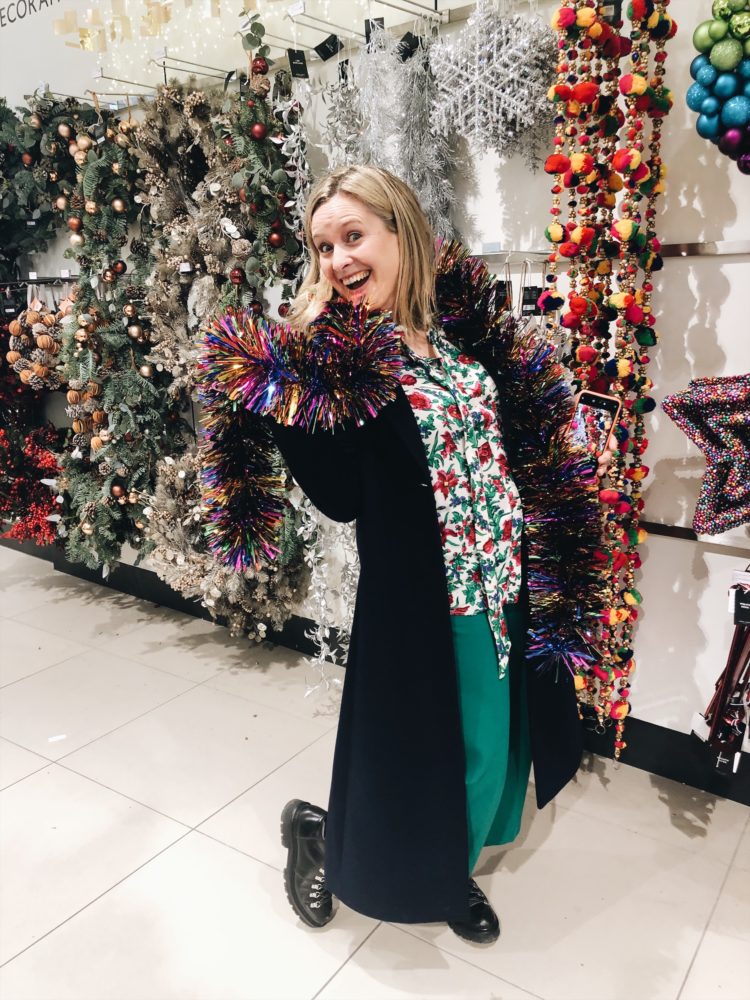
And onto our final subject for this week’s episode and that’s the enduring appeal of nature in interior design. We know that green has been a big story in interiors for the last couple of years and we have spoken before about Biophilia and how we now understand that being close to or reminded of nature has an effect on our physical well-being.
I had intended to write a full post on English Country Style (which is sort of what this is) earlier this week as part of my 10 Things series but was waylaid by the lurgy. I will return to it in more detail next week as I think it’s an interesting style that deserves further exploration.
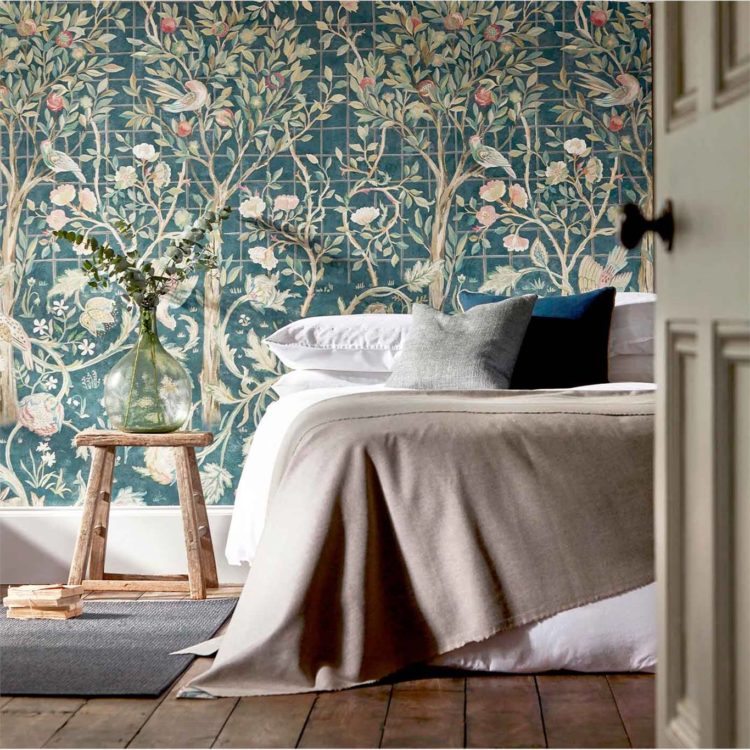
In brief however, we spoke about how made.com and Farrow & Ball have both collaborated with the archives of the Natural History Museum for new collections and how William Morris is having a renaissance at the moment. Modern proponents of this very English style include Ben Pentreath and, when he’s not doodling cavorting Greek Gods, Luke Edward Hall, whose country house is full of greens and pink and floral designs.
Even Sophie’s flat, which may have once been black is decorated wtih butterflies and birds and references to wildlife and nature.
I’d be interested to know, on the basis that even many geometric patterns spring from the natural world – hexagons and honeycomb for example – does anyone NOT feel better when they spy a floral design or a leaf mofif inside? Answers in the comments below.
With thanks as ever to John Lewis and Partners for sponsoring The Great Indoors podcast. We love making it and we hope you love listening.
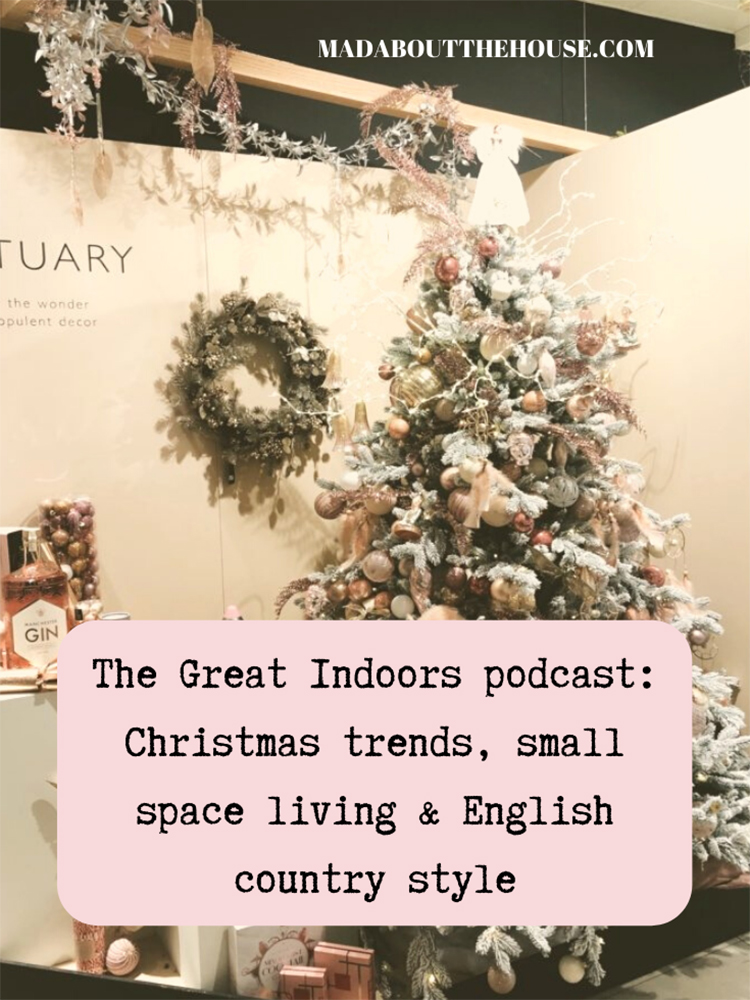

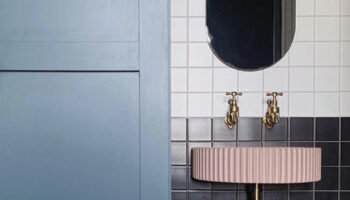
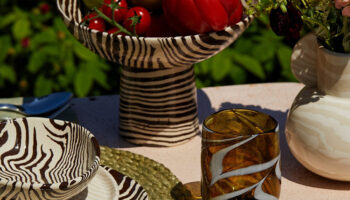

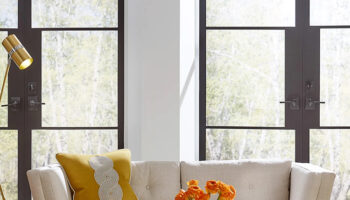
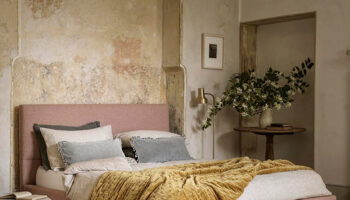
Lovely piece
I love the rooms. They are beautiful and inspiring.
Painting small spaces.
Well never black for my taste but our hallway in our flat has 5 doors and no windows. Half a wall has a huge bevelled mirror stuck to it to help improve the light. It had all been white but now a transformation and from being a “thin” corridor amazingly it looks much wider. Dulux Tranquil Green walls and ceiling, white doors and skirting. The whole shape has changed and it is such a pleasure to live with this chalky green colour.
I love the last room.